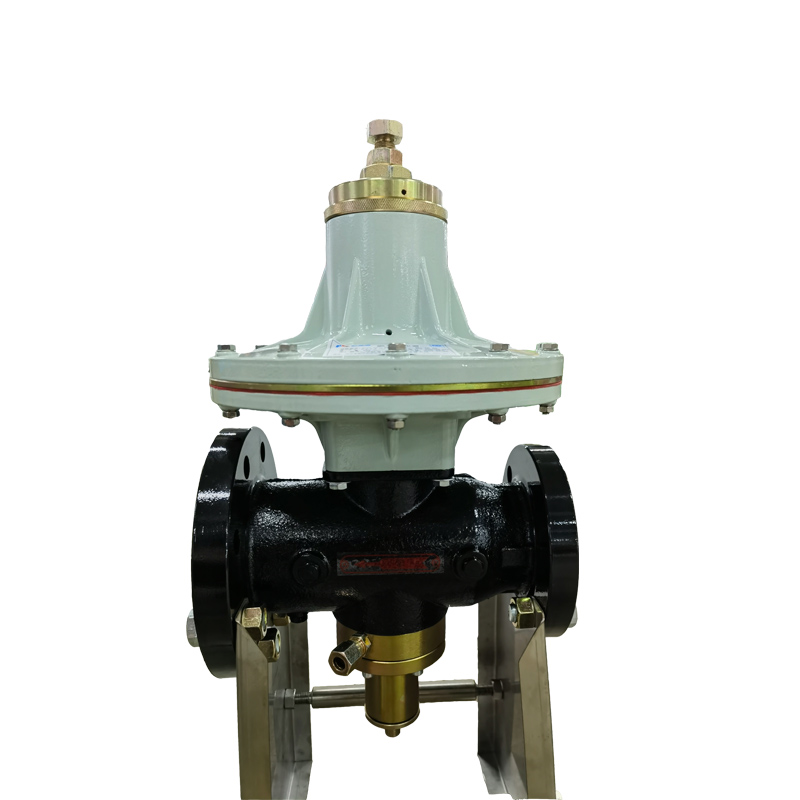
Oct . 05, 2024 02:50
Back to list
relief valve
Understanding Relief Valves Essential Components in Pressure Management
Relief valves are critical devices used in various industrial applications to ensure safety and efficiency within pressurized systems. They play a vital role in preventing excessive pressure buildup that can lead to equipment failure or catastrophic incidents. In this article, we will explore the function, types, applications, and maintenance of relief valves, underscoring their importance in safeguarding operations.
What is a Relief Valve?
A relief valve is a safety device designed to control or limit the pressure in a system. Typically, it is spring-loaded and opens automatically when the pressure exceeds a predetermined threshold. By releasing excess pressure, the valve protects pipelines, pressure vessels, and other equipment from damage or failure.
Types of Relief Valves
Relief valves come in several types, each suited for specific applications
1. Spring-Loaded Valves These are the most common and operate based on a spring mechanism. They open when the inlet pressure exceeds the spring setting, allowing fluid to escape until the desired pressure level is restored.
2. Pilot-Operated Valves These valves use a small pilot valve to control a larger main valve. They are often used in high-pressure applications and provide better performance compared to spring-loaded valves.
3. Balanced-Bellows Valves Designed to minimize the effects of back pressure, these valves feature a bellows mechanism that maintains a constant pressure level regardless of the system conditions.
4. Temperature Relief Valves These valves release pressure generated by thermal expansion in water tanks and heating systems. They are crucial in preventing overheating and potential explosions.
Applications of Relief Valves
Relief valves are used across various industries, including
relief valve

- Oil and Gas These valves protect pipelines and storage tanks from pressure surges, ensuring safe transportation and storage of hydrocarbons.
- Chemical Processing In chemical plants, relief valves safeguard reactors and tanks, preventing dangerous overpressure situations that could lead to leaks or explosions.
- Power Generation Steam and water systems in power plants utilize relief valves to maintain safe operating pressures, ensuring the reliability and safety of power generation processes.
- HVAC Systems Relief valves in heating, ventilation, and air conditioning systems help control pressure within boilers and chillers, enhancing efficiency and safety.
Importance of Maintenance
Regular maintenance of relief valves is essential to ensure their reliable operation. A malfunctioning valve can jeopardize system integrity and safety. Here are some key maintenance practices
- Inspection Periodic inspections should be conducted to check for signs of wear, corrosion, or damage. Visual inspections, combined with functional testing, help verify that the valve operates correctly.
- Calibration Relief valves must be calibrated to ensure they open at the correct pressure. This ensures that they effectively protect the system while maintaining optimal operational conditions.
- Cleaning Accumulation of debris or sediment can hinder a valve's performance. Regular cleaning helps maintain smooth operation and prevent blockages.
- Replacement Over time, seals and components may degrade. It is crucial to replace these parts as needed to ensure the valve's effectiveness.
Conclusion
Relief valves are indispensable components in modern industrial systems, providing vital protection against pressure-related hazards. Their ability to manage excess pressure not only enhances the safety of operations but also contributes to the longevity and efficiency of equipment. Understanding the various types, applications, and maintenance practices of relief valves can empower operators and engineers to implement effective pressure management strategies, ensuring safe and reliable operations in their facilities. As industries continue to evolve, the role of relief valves will remain critical in achieving safety and efficiency across diverse applications.
Latest news
-
Safety Valve Spring-Loaded Design Overpressure ProtectionNewsJul.25,2025
-
Precision Voltage Regulator AC5 Accuracy Grade PerformanceNewsJul.25,2025
-
Natural Gas Pressure Regulating Skid Industrial Pipeline ApplicationsNewsJul.25,2025
-
Natural Gas Filter Stainless Steel Mesh Element DesignNewsJul.25,2025
-
Gas Pressure Regulator Valve Direct-Acting Spring-Loaded DesignNewsJul.25,2025
-
Decompression Equipment Multi-Stage Heat Exchange System DesignNewsJul.25,2025

